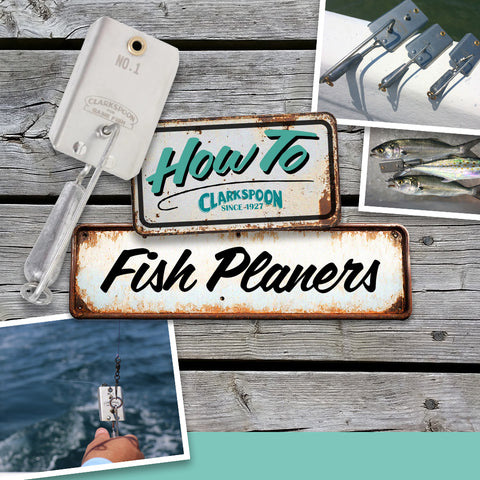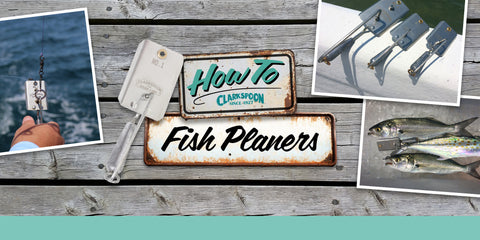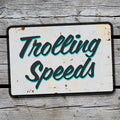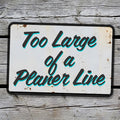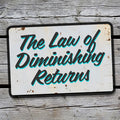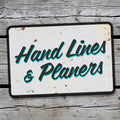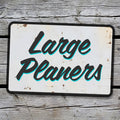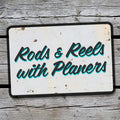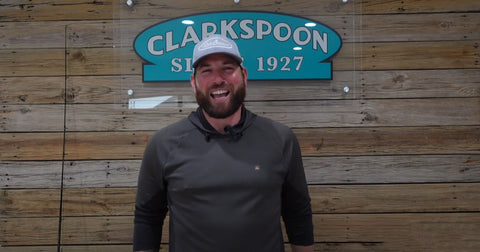Why Should You Use a Planer?
Planers will take your lure down below the surface to where the fish are feeding and return to the surface after a fish strikes. The below diagrams show the “set” and “released” positions for a planer.
Different-size planers allow you to achieve increasingly greater depths as you go up in size, and there are even high-speed versions if faster trolling speeds are required.
Planers are designed to run at an approximate angle of 45 degrees. At this angle, the planer will dive one foot for every two feet of the planer line that is below the surface of the water.
Important Note: Use tackle, line, and lures that are matched to the size planer that you are using.
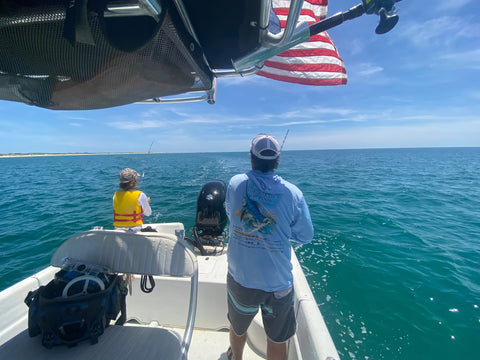
What Trolling Speed Should be Used with My Planer?
Optimum Trolling Speed: Between 4 to 6 miles per hour.
If you do not have a speedometer or electronic measuring device, a tachometer reading between 1000 and 1500 rpm should achieve this speed.
Vary speeds within this range until you establish your most effective reading!
How Planers Work!
Key Factors That Affect Their Performance
Planers are essential for trolling at different depths, but their effectiveness depends on various factors. Understanding what helps and hinders a planer’s ability to dive will improve your fishing success.
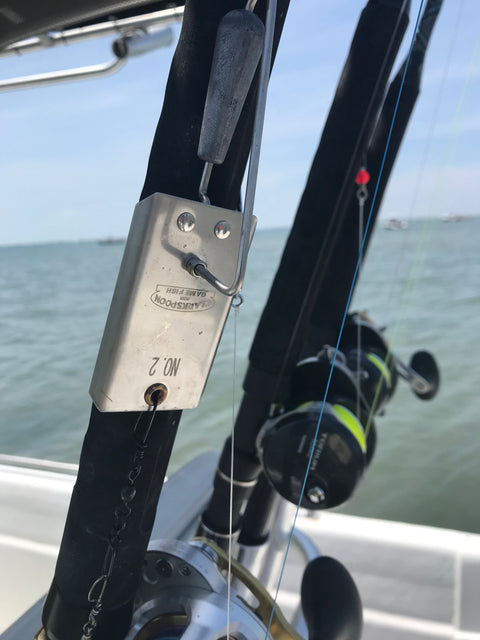
What Helps a Planer Dive Deeper?
Planer Blade Size
A larger blade allows the planer to run deeper in the water. High-speed planers have a unique design that helps them dive deeper even at faster trolling speeds.
Lead Weight on the Planer Wire
While lead weight does not significantly impact depth, it plays a crucial role in setting and resetting the planer. The planer blade itself is responsible for the planing function.
Type and Quality of Fishing Line
The type and quality of line used to pull the planer has a major impact on its diving ability:
- Strength matters: The line must be strong enough to hold the planer and withstand the force of fighting fish.
- Diameter affects depth: Thicker lines create more drag, reducing how deep the planer can go.
- Longer lines help!: Extending the planer line generally increases depth, but only up to a certain point.
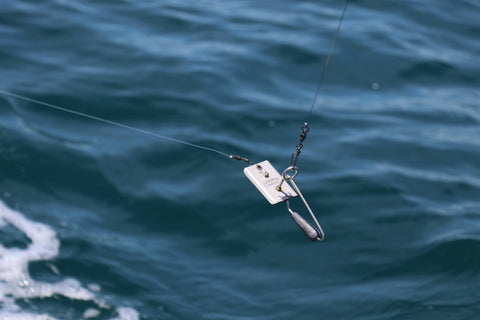
Choosing the Right Planer Line for Success!
The type of line you use can significantly impact your fishing success. Some lines offer better depth and durability, while others are easier to handle. Here’s a breakdown of the best options.
Best Planer Line Materials for Depth and Performance
Stainless Steel Cable (49-Strand) – The Top Choice
- Provides excellent depth and durability
- Less prone to kinking and breaking compared to solid wire (such as monel)
- Ideal for deep-sea fishing and heavy-duty trolling
Super Braid Fishing Line – A Strong Alternative
- Offers good planer pulling properties
- Less durable than stainless steel cable but still effective
Monofilament Line – A Versatile Option
- Works well for moderate-depth trolling
- Easier to handle than steel or braid
- Not as effective for reaching maximum depths
Braided Nylon & Dacron – Least Effective for Depth
- Creates drag, limiting the planer’s ability to dive
- Best used when depth is not a major concern
- A popular choice for hand lines due to its ease of use
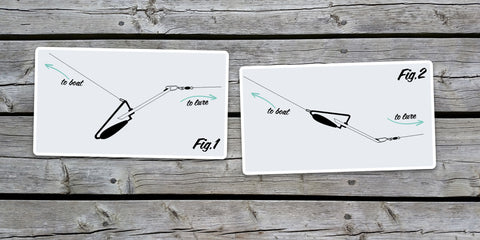
Time to Fish! Here’s How to Fish Your Planer.
Now that we understand how planers work and the factors that affect their ability to dive, it is time to catch some fish! There are a few simple guidelines that will make using planers easier and more productive.
1. Guideline and safety precaution #1 is to always wear gloves when handling a planer or planer line. Loose fitting gloves that can be easily removed are best.
2. In order to dive, a planer must be in the “set” position (see fig. 1 in the diagram above).
Usually a planer will set itself upon entering the water. Sometimes it doesn’t or a fish may strike and trip, or release, the planer (see fig. 2 in the diagram above) without getting hooked.
In these instances, it is helpful to be able to reset the planer without reeling it all the way to the boat. Pull in several feet of line and then quickly release it. This slack in the planer line will allow the weight on the planer wire to cause the planer to nose dive and reset itself. If this doesn’t work after an attempt or two, slow the boat speed and repeat the procedure. Again, this same procedure can be used if the planer should hit bottom and trip.
3. Sometimes it is desirable to trip and retrieve a planer without slowing the boat. The same technique as described above may be used to trip the planer. Considerable effort may be required to pull the planer, depending on the size of the planer and the speed of the boat.
4. If the planer is not running straight, but wants to track to the right or left, it’s an easy problem to fix. The planer has probably gotten bent and needs to have the blade straightened or the wire aligned. It is a common occurrence for the planer to be stepped on in the excitement of landing a fish and a pair of pliers is generally all that it takes to put the planer back into working order.
5. In addition to the selection of planers according to the depth that you want to achieve, they must also be matched to the lures and size of the fish that you are pursuing. A lure that is too large for the planer will create enough drag to repeatedly trip the planer. The only solutions are to go to a larger planer or a smaller lure. On the other hand, small fish will often not trip a large planer and a smaller planer may be required.
6. When a planer that has been running straight suddenly starts tracking at an angle, it is likely that a small fish is on the line. The other possibility is that the planer has picked up seaweed or other debris. In either event, the planer needs to be pulled and checked.
7. Clarkspoon planers may be used on appropriate rods, reels, handlines, and downriggers. Although they are often more effective, planers do create more turbulence in the water than trolling sinkers. Because of this, longer than normal leaders will greatly improve planer productivity. A minimum of 20 ft. should be used on the smaller planers, and 40 to 50 ft. will work best on larger sizes. If the water is unusually clear, then even longer leaders will add to your catch.
In addition to line diameter, there are other factors that determine the maximum depth such as, line type, trolling speed, current, lure drag, lure weight, water temperature, and length of line. Therefore each planer may have a wide range of possible depths that can be achieved. Based on a variety of fishing conditions the following chart will help you choose the correct planer for your purposes.
A #1 and #2 planer can be used with most trolling rods. #3 would need to be used with a heavier trolling rod. Any planer larger than a #3 should be used with a handline or specifically designed planer rod.
* NOTE: All objects immersed in water are subject to a buoyant force that is proportional to the volume of water displaced; therefore, if enough planer line was let out, the combination of the buoyant force from the water displacement with the water pressure on the line and blade would eventually reach a point where the upward pressure would offset the diving capability of the planer. Additional line would possibly even cause the planer to rise. Since it is unlikely that this line would be let out under normal fishing conditions, this remains more of a theoretical issue than a functional problem. This buoyant force is one of the primary reasons that the depth attained does not remain proportional to the amount of line let out.
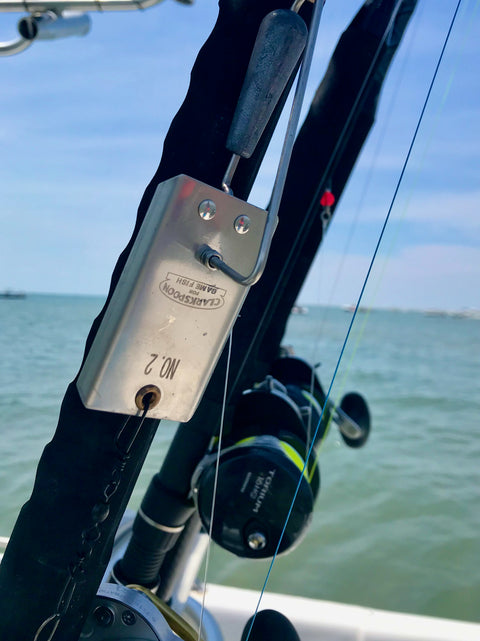
How to Set and Retrieve Your Planers
Once you’ve selected the right planer and line, knowing how to use it correctly is essential for successful trolling.
Setting Up Your Planer
- Attach the snap swivel from the planer line to the brass ring on the planer.
- Ease the planer into the water at a 45-degree angle.
- The planer should automatically enter the “set” position. If it doesn’t, try pulling in several feet of line and quickly releasing it.
- If the planer still won’t reset, slow the boat slightly and repeat the process.
Retrieving a Planer Without Stopping the Boat
- To trip a planer while trolling, pull in several feet of line and quickly release it.
- Larger planers may require more force to trip, depending on the boat speed.
Troubleshooting Planer Issues
- Planer tracking to the side? The blade may be bent. Use pliers to straighten it.
- Planer suddenly running at an angle? This could mean a small fish is on the line or debris (like seaweed) is stuck to it. Pull it in and check.
- Planer repeatedly tripping? Your lure might be too large for the planer. Use a smaller lure or a larger planer.
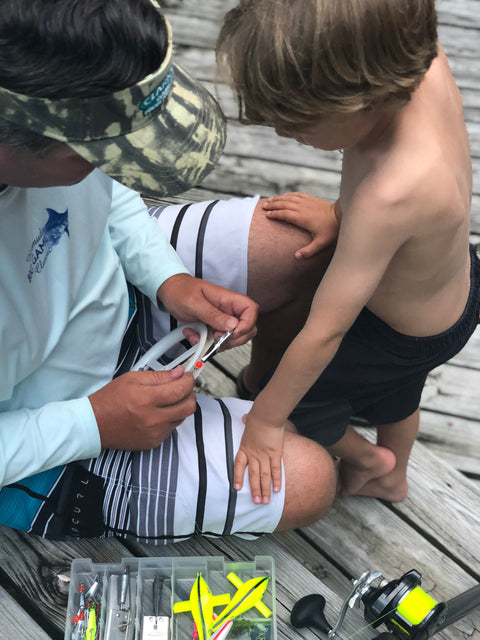
Planer Depth Guidelines: How Deep Will Your Planer Run?
Planers generally run at a 45-degree angle, achieving 1 foot of depth for every 2 feet of planer line when using the appropriate line. However, due to water pressure and resistance, depth does not increase in a linear fashion.
For example:
- 50 ft. of planer line = about 25 ft. of depth
- 100 ft. of planer line does not necessarily equal 50 ft. of depth. You may need 125-150 ft. of line to reach that depth
Factors That Affect Planer Depth
- Line Diameter: Thicker lines create drag and reduce depth.
- Line Type: Monofilament runs deeper than braided lines; stainless steel cable (275 to 400 lb. test) achieves the greatest depths.
- Trolling Speed: Faster speeds will eventually cause the planer to rise.
- Lure Weight & Drag: Heavier lures or excessive drag can prevent the planer from diving properly.
Grab Your Planer & Fish On!
Using the right planer, line, and trolling techniques will help you reach the desired depth and maximize your chances of catching fish. Experiment with different setups based on conditions, and adjust your approach as needed for the best results.
We hope that this brief guide will add to your understanding of planers with the result of enjoyable and successful fishing adventures!
Extra Tips From Clark
- The clearer the water, the longer the leader.
- The larger the sinker or planer, the longer the leader.
- Use a ball bearing snap swivel attached to the sinker or planer – never to the lure.
- The old adage “large bait – large fish” often holds true. However, it is generally more important to match the size of the bait on which the fish are feeding, particularly when fishing for Spanish mackerel.
- Fish not biting, water clear. Try a smaller spoon and/or a gold spoon. Vary your trolling speed, but a faster speed is more likely to be productive.
- Fish not biting, water cloudy or dirty. Try a larger spoon and a slower trolling speed. Also, the water may be clearer at a greater depth, so try a larger sinker or planer. If possible, move offshore to clearer water. A transition line between dirty and clear water is often loaded with fish.
We would like to extend a special thanks to Art Levey and Capt. Jerry Dilsaver for their contribution in creating this content.

